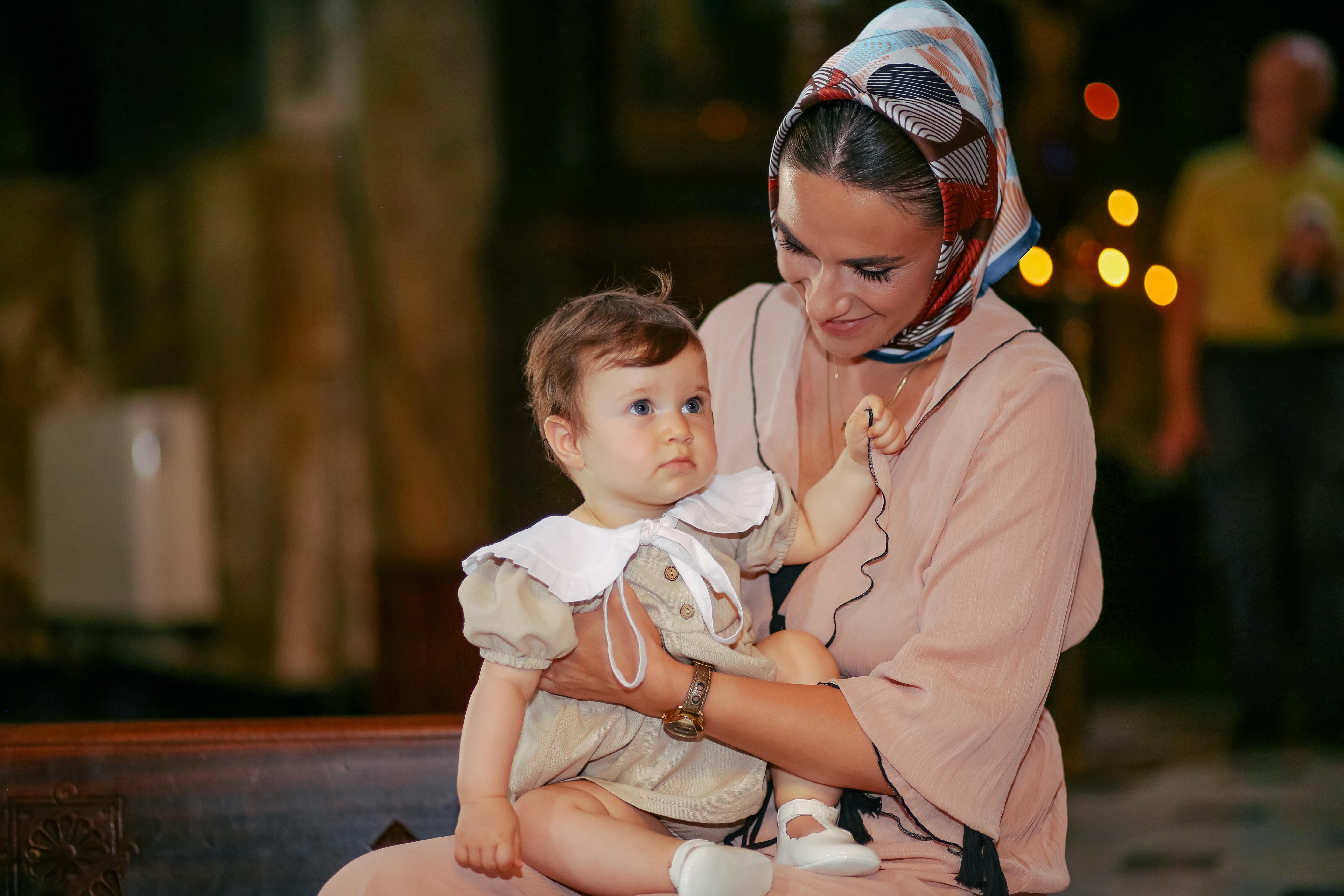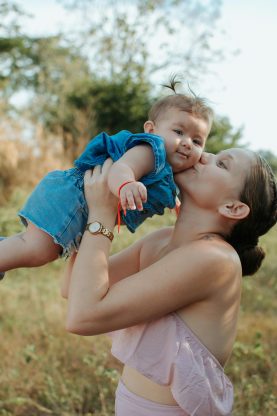Table of Contents
Childproofing the Environment
One of the most important safety procedures for babysitters is childproofing the environment. Before parents leave their children in your care, it’s essential to ensure that the home is safe and free of potential hazards. This includes identifying and removing choking hazards, securing cabinets and drawers, covering sharp corners, and blocking off stairways. Additionally, it’s important to make sure that all electrical outlets are covered and that any potentially dangerous household items are out of reach of children. By childproofing the environment, you can prevent accidents and injuries from occurring.
On-Demand Childcare in Your Neighborhood
Book a Sitter
Emergency Preparedness
Another crucial safety procedure for babysitters is being prepared for emergencies. As a babysitter, you should familiarize yourself with the home’s layout, including the location of fire extinguishers, smoke alarms, and emergency exits. It’s also important to have a first aid kit on hand and know how to use it in case of an injury. Additionally, you should have a list of emergency contacts, including the parents’ contact information, as well as the contact information for local emergency services. By being prepared for emergencies, you can respond quickly and effectively in the event of an unforeseen situation.
Safe Sleeping Practices
Safe sleeping practices are essential for the well-being of infants and young children. As a babysitter, it’s important to follow recommended guidelines for safe sleep, including placing infants on their backs to sleep and removing any soft bedding or toys from the crib. It’s also important to ensure that the crib meets safety standards and is free of any hazards. By following safe sleeping practices, you can reduce the risk of sudden infant death syndrome (SIDS) and create a safe sleeping environment for the children in your care.

Proper Supervision
Proper supervision is key to ensuring the safety of children while babysitting. It’s important to always keep a close eye on the children, especially when they are engaged in activities that could be potentially dangerous. This includes activities such as swimming, cooking, or playing outside. Babysitters should never leave children unattended, even for a short period of time.
By providing proper supervision, you can prevent accidents and injuries from occurring.
Communication with Parents
Finally, communication with parents is essential for ensuring the safety of the children in your care. Before parents leave, it’s important to discuss any specific rules or instructions they may have regarding their children. This includes bedtime routines, meal preferences, and any allergies or medical conditions the children may have. It’s also important to provide regular updates to parents throughout the babysitting session, including any significant events or concerns that arise. By maintaining open and clear communication with parents, you can ensure that their children are safe and well-cared for while in your care.
In conclusion, following these top 5 safety procedures can help babysitters create a safe and secure environment for the children they babysit. By childproofing the environment, being prepared for emergencies, following safe sleeping practices, providing proper supervision, and maintaining open communication with parents, babysitters can ensure the safety and well-being of the children in their care. Babysitting is a rewarding job, but it’s important to prioritize safety above all else. By following these safety procedures, babysitters can provide parents with peace of mind and ensure that their children are in good hands.










